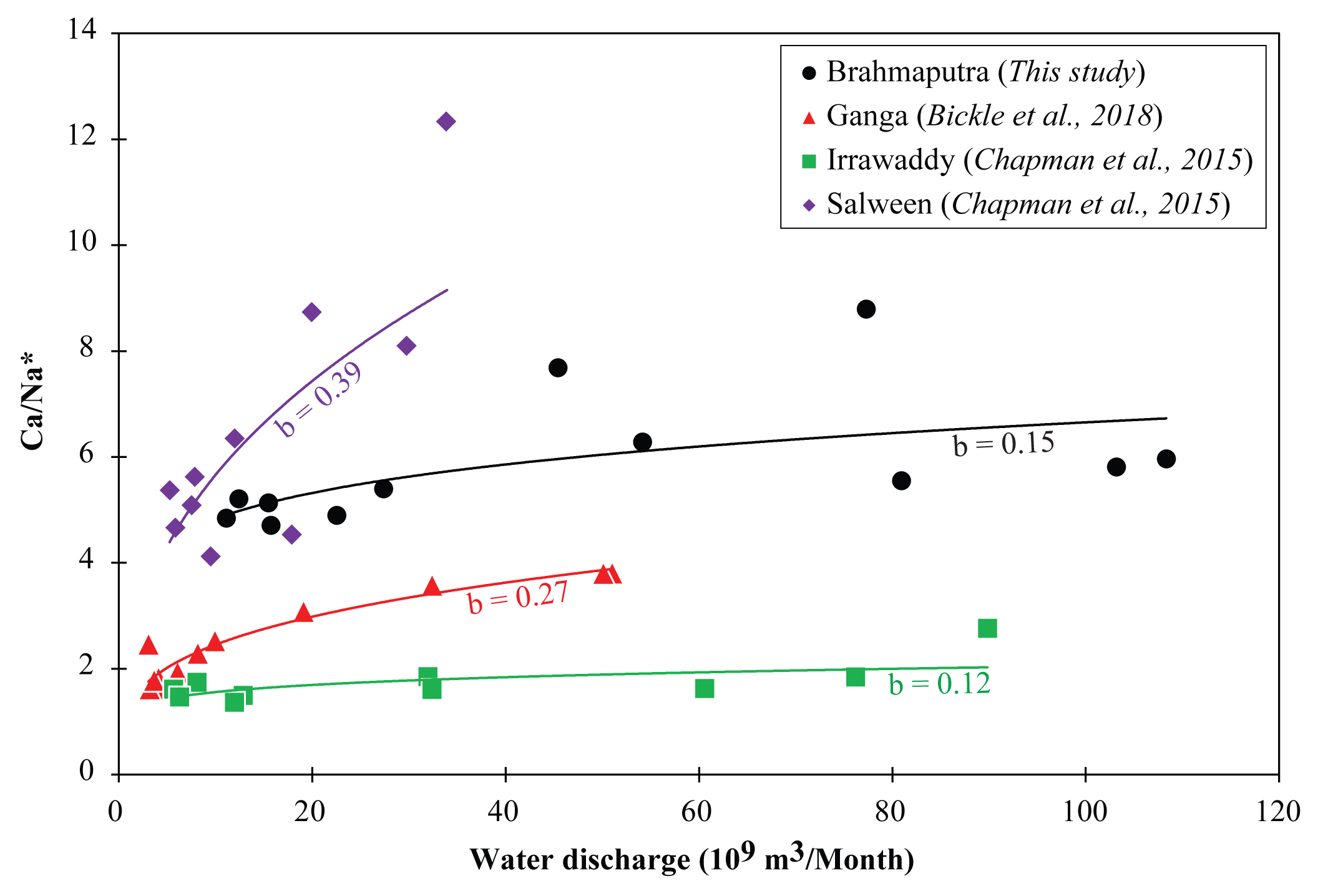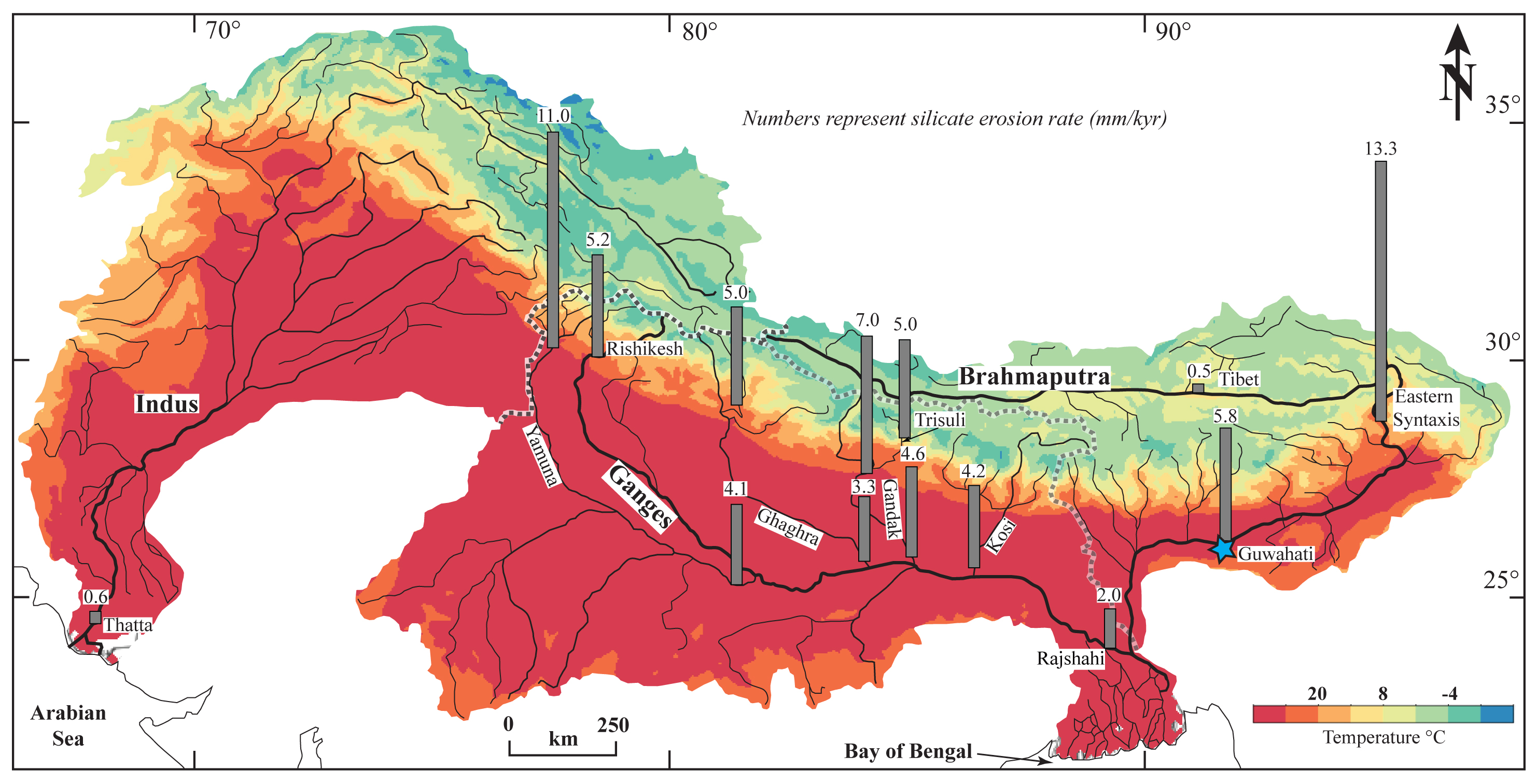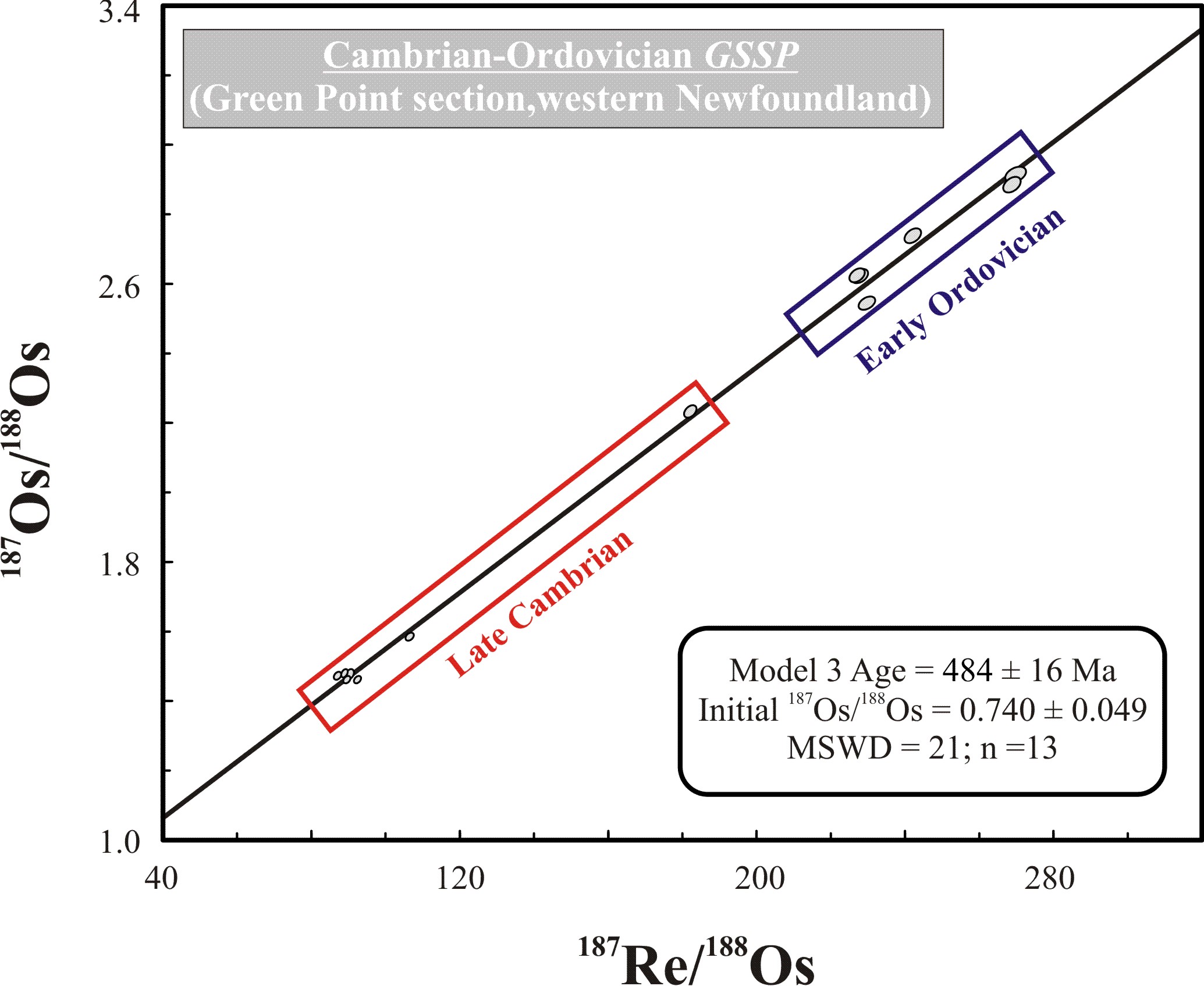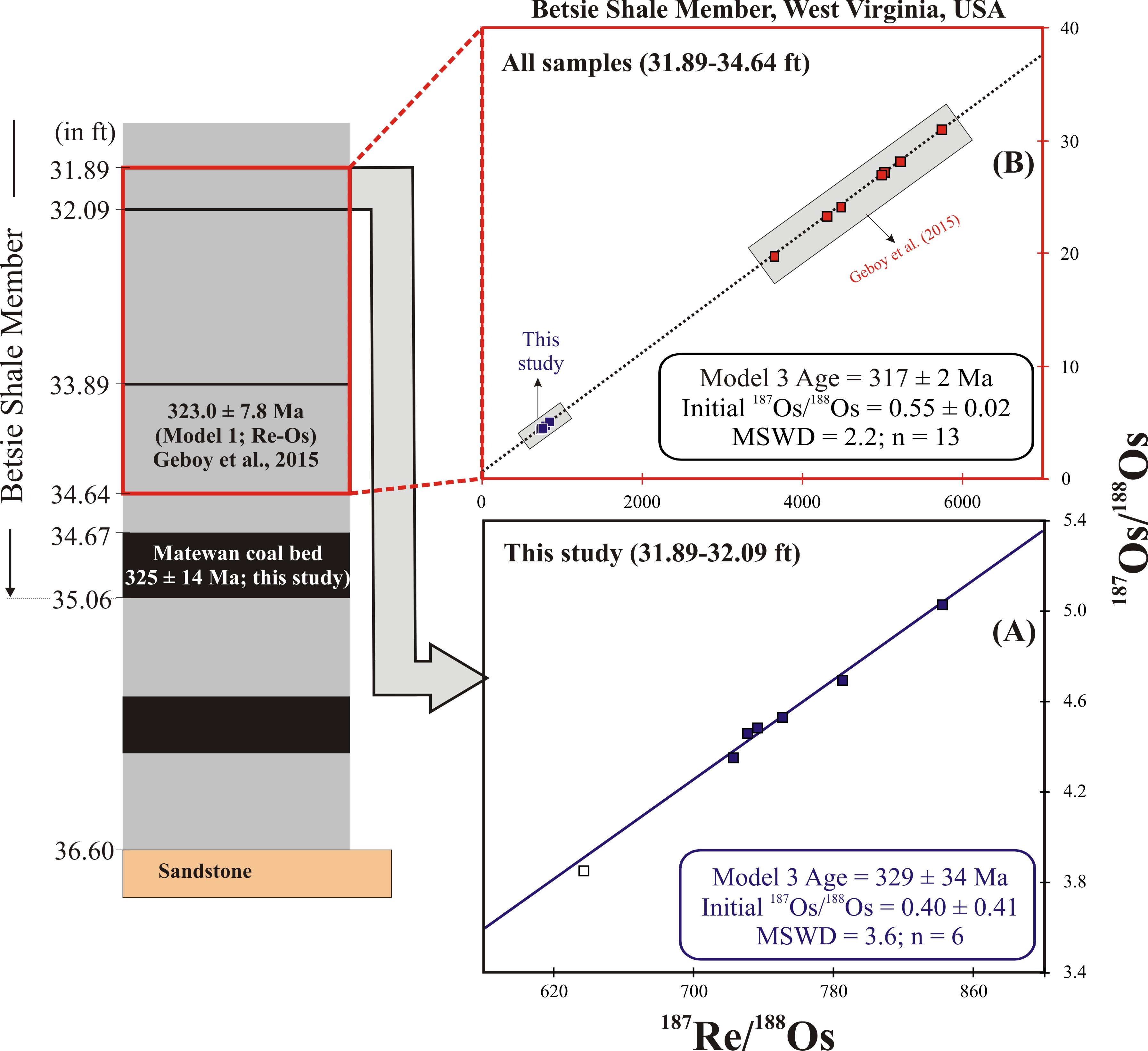Chemical weathering of silicate minerals in the Himalayas play a key role in regulating the global carbon and climate cycles. These intense weathering processes since its exhumation have been invoked as a prime driver for causing global cooling during
the Cenozoic. My past and ongoing researches, based on spatial and seasonal investigations of dissolved major ions and Sr isotopes of the Himalayan (Ganga and Brahmaputra) rivers, aim at (i) estimating the silicate weathering rates
for these basins using both forward and inverse modeling approach, (ii) constraining seasonal change in weathering intensity of silicate and carbonate minerals and its impact on annual flux estimation, and (iii) assessing contribution
of Himalayan 87Sr flux in the oceanic 87Sr/86Sr budget.
For more details, see Tripathy and Singh 2010; Tripathy et al., 2011; Samanta et al., 2019.
Radiometric dating of sedimentary rocks is a challenging task. Owing to the redox-sensitive nature of Re and and Os, the 187Re-187Os chronometer have been found successful in yielding precise and reliable
age information for organic-rich sedimentary sequences. I have used this isotopic systematic to constrain depositional age and environment of several black shale deposits worldwide, which includes the Kaimur Group, Vindhyan Supergroup,
Jurassic-Cretaceous boundary and Cambrian-Ordovician GSSP. Compilation of initial 187Os/188Os ratios of Proterozoic black shales shows the potential of Re-Os isotopes in tracing the evolution of atmospheric
oxygen level of our planet. Our research was also successful in demonstrating the potential of Re-Os chronometer in dating a coal deposit, which is otherwise difficult to constrain.
For more details, see Tripathy and Singh, 2015; Tripathy et al. 2014; Tripathy et al. 2018.
Marine sediments serve as a reliable archive for continental erosion pattern. We investigate the chemical and Sr-Nd isotopic signatures of marine sediments to trace their provenances changes in response to climatic variation over kilo-year timescales.
Our research on Bay of Bengal sediment chemistry show steady decline in sediment contribution from the Himalayan rivers during the last glacial maxima (compared to that during the interglacial periods). This reduction in sediment
contribution has been attributed to weakening of south-west monsoon and limited areal exposure for weathering during glacial period. These observations establish a strong linkage between climate (Indian summer monsoon) and Himalaya
erosion.
For more details, see Tripathy et al. 2011; Tripathy et al. 2014.
Abundance and distribution of (bio-essential) trace elements play a key role in regulating the marine biosphere. Our ongoing research focuses on understanding the sources and cycling of these elements in Indian rivers and coastal lagoon (Chilika lagoon,
India) system to assess the fate and transport of these chemical constituents to the ocean. These researches were crucial in identifying the solute sources and to assess impact of ion-exchange (adsorption and desorption) processes
in regulating the trace elemental inventory of these aquatic systems. We have also used Sr isotopic compositions as a reliable measure for submarine groundwater discharge to estimate chemical fluxes from land to the ocean.
For more details, see Danish et al., 2019;
Danish et al., 2020;
Tripathy et al. 2019.











